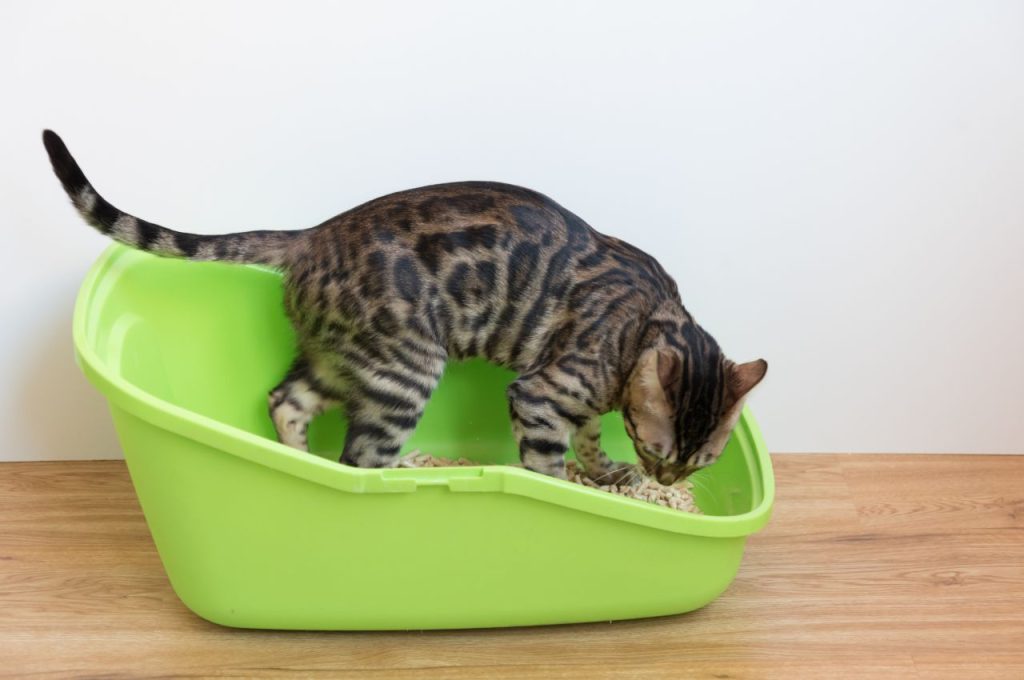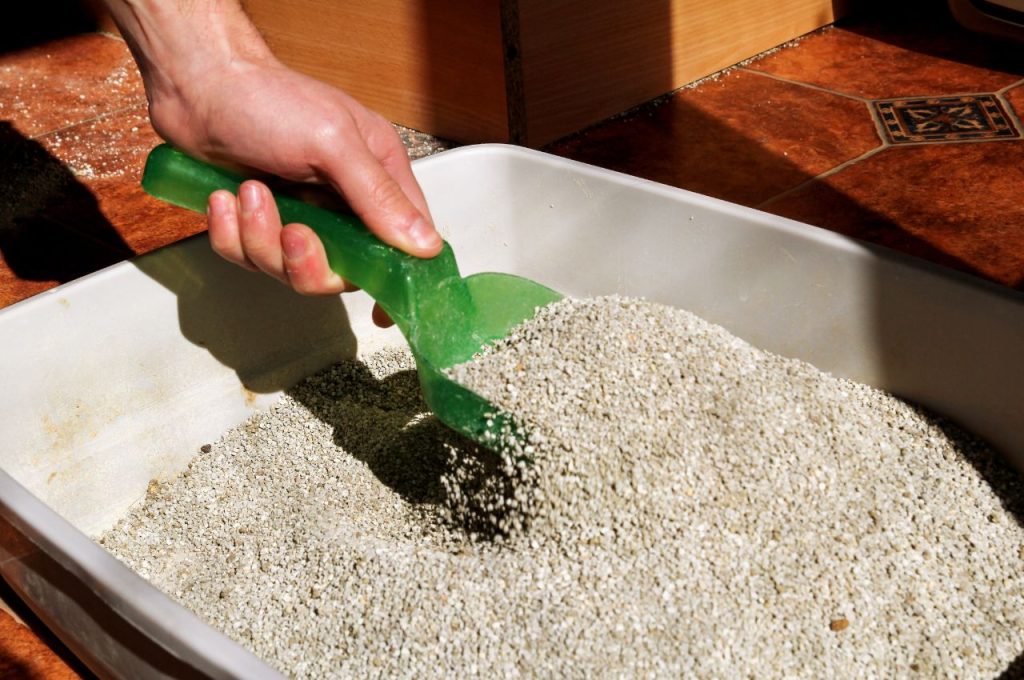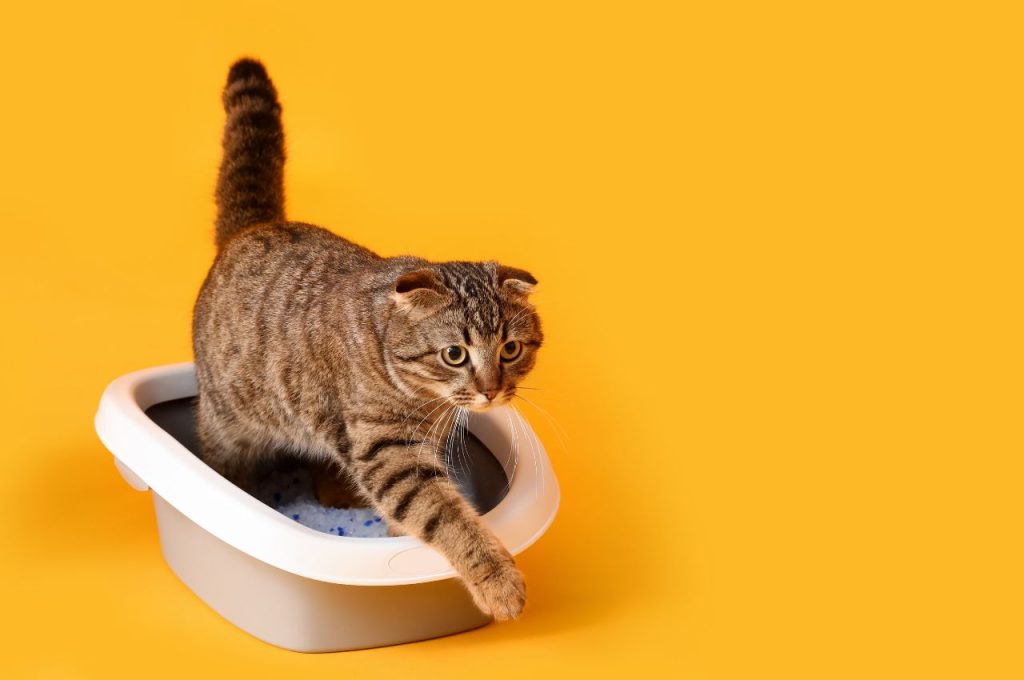Are you tired of dealing with a messy litter box? Did you know that it is possible to toilet train your cat? Yes, you heard it right! Contrary to popular belief, cats can be trained to use the toilet, eliminating the need for litter boxes and minimizing unpleasant odors in your home.
Toilet training a cat requires patience and consistency. The first step is to gradually move the litter box closer to the bathroom. Once your cat is comfortable using the litter box in the bathroom, you can start placing a small amount of litter in the toilet bowl. Over time, reduce the amount of litter until your cat is comfortable eliminating it directly into the toilet. It is important to reward your cat with praise or treats after each successful toilet visit to reinforce the desired behavior.
Toilet training a cat can be a challenging process, but with patience and consistency, it is possible. Start by placing a litter box near the toilet and gradually raising it over time until it’s level with the toilet seat. Then, switch to a special litter box that fits inside the toilet bowl.
Understanding the Basics of Cat Toilet Training
If you’re a cat owner, you may be tired of dealing with litter boxes and the mess they create. Fortunately, there are alternative solutions, such as toilet training your cat. Cat toilet training is the process of teaching your cat to use the toilet instead of the litter box. This can eliminate the need for litter and make cleaning up after your cat much easier.

Before you begin the process of toilet training your cat, it’s important to understand the basics. Cats are naturally clean animals, and they have an instinct to bury their waste. This makes them prime candidates for toilet training. However, not all cats will take to this training method, so it’s important to be patient and consistent throughout the process.
The first step in toilet training your cat is to familiarize them with the new toilet setup. Start by placing a litter box near the toilet and gradually elevating it over the course of a few days. Eventually, the litter box should be placed on top of the toilet seat. This will help your cat become accustomed to using the toilet as their new bathroom spot.
If your cat is comfortable using the litter box on the toilet, you can then transition to using a special toilet training seat. These seats are designed to fit on top of the toilet bowl and have a hole in the center for the cat to use. The seat also has a tray that can be filled with litter to help your cat make the transition.
It’s important to note that toilet training a cat can take time and patience. Each cat is unique and will progress at its own pace. Some cats may catch on quickly, while others may take longer to adjust. The key is to remain consistent and positive throughout the training process.
Choosing the Right Toilet Training Seat
When it comes to toilet training your cat, choosing the right toilet training seat is essential. There are various options available on the market, each with its own features and benefits. Here are a few factors to consider when selecting a toilet training seat:
- The size of the seat: The seat should fit securely on your toilet bowl and be comfortable for your cat to use.
- The material: Look for a seat that is made of a durable and easy-to-clean material, such as plastic.
- The design: Some toilet training seats have a step or ramp that helps cats climb onto the seat more easily.
- Stability: Ensure that the toilet training seat is stable and will not slide around on the toilet bowl.
Additionally, you may want to consider using a seat with a built-in litter tray. These trays can be filled with a small amount of litter to help your cat make the transition from the litter box to the toilet. Over time, you can gradually reduce the amount of litter in the tray until your cat is comfortable using the toilet without any litter.
It’s also worth mentioning that some cats may prefer a gradual transition to using the toilet. In this case, you can start by using a litter tray on top of the toilet and gradually remove it as your cat becomes more comfortable. The most important thing is to find a toilet training seat that suits your cat’s needs and preferences.
The Step-by-Step Process of Cat Toilet Training
Now that you have a basic understanding of cat toilet training, let’s delve into the step-by-step process. Remember to be patient and consistent throughout the training, as each cat will progress at its own pace. Here is a general outline of the process:

Step 1: Familiarize Your Cat with the Toilet Setup
The first step is to familiarize your cat with the toilet setup. Start by placing a litter box near the toilet. After a few days, gradually elevate the litter box by placing it on a stable surface, such as books or a small stool. Continue this process until the litter box is on the same level as the toilet seat.
During this stage, observe how your cat reacts to the elevated litter box. If they seem comfortable and continue using it without hesitation, it’s a positive sign that they may be ready for the next step. However, if your cat shows resistance or avoids using the elevated litter box, give them more time to adjust before moving on.
It’s important to note that some cats may take longer to adapt to the elevated litter box. Be patient, and allow your cat to adjust at their own pace. Reward them with treats and praise them whenever they successfully use the litter box on the toilet.
Step 2: Introduce the Toilet Training Seat
Once your cat is comfortable with using the elevated litter box, it’s time to introduce the toilet training seat. Place the seat on top of the toilet bowl and secure it in place. Ensure that it is stable and will not move around when your cat jumps onto it.
At this stage, you can add a small amount of litter to the tray of the toilet training seat. This will help your cat associate the toilet with their bathroom routine. Make sure to show your cat the litter and let them sniff it to familiarize themselves with the scent.
Encourage your cat to jump onto the toilet training seat and use it as they would the elevated litter box. If your cat is reluctant, you can place treats or toys near the seat to entice them. Repeat this process until your cat is comfortable using the seat consistently.
Step 3: Gradually Remove the Litter
Once your cat is comfortable using the toilet training seat with litter, it’s time to start reducing the amount of litter gradually. This step encourages your cat to rely on the toilet seat itself rather than the presence of litter.
Start by decreasing the amount of litter in the tray by about 10% every few days. Continue this process until there is no litter left in the tray. Monitor your cat’s behavior during this transition and ensure that they are still using the toilet consistently.
If your cat has any accidents during this stage, it’s a sign that they may not be ready to move forward. In this case, pause the training and give your cat more time to adjust. Once they are comfortable, you can resume the process of gradually removing the litter.
Step 4: Transition to Using the Toilet Seat
After successfully eliminating the litter from the toilet training seat, it’s time to transition to using the toilet seat without any litter. Remove the tray from the seat and ensure that the seat is clean. Your cat should now be comfortable using the toilet seat as their new bathroom spot.
Keep in mind that accidents may still happen during this transition phase. If your cat has any accidents, clean up the area and remain patient with the training process. Reinforce positive behavior by rewarding your cat with treats and praise whenever they successfully use the toilet.
Tips for Successful Cat Toilet Training
Toilet training a cat requires time, patience, and consistency. Here are some additional tips to ensure a successful training process:

- Keep the litter box accessible: During the training period, keep a litter box available as a backup option for your cat. This will prevent accidents and give your cat a designated spot to use.
- Maintain a clean toilet: Cats are naturally clean animals, and a dirty or smelly toilet may discourage them from using it. Regularly clean the toilet and remove any waste promptly.
- Be patient and consistent: Cats learn at their own pace, so it’s important to be patient and consistent throughout the training process. Do not rush or force your cat to use the toilet.
Remember, not all cats will successfully transition to using the toilet. If your cat is not showing progress or becomes stressed during the training process, it’s important to consider alternative options, such as different litter boxes or litter types.
Conclusion
Toilet training a cat can be a rewarding and convenient alternative to traditional litter boxes. By following the step-by-step process and being patient with your cat, you can successfully teach them to use the toilet. Remember to choose the right toilet training seat, introduce it gradually, and provide positive reinforcement throughout the training. With time and consistency, your cat can become a pro at using the toilet, making your life as a cat owner much easier.
To learn more about effective cat training methods, check out this comprehensive guide. It provides valuable insights and practical tips for training your cat and enhancing the bond between you and your feline friend.
